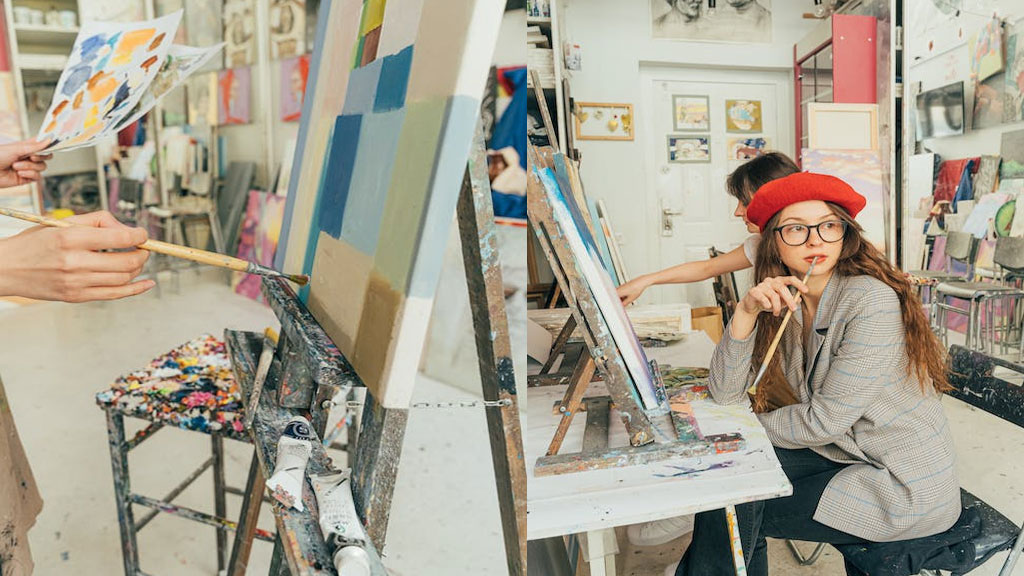Introduction:
Art has the extraordinary power to express the inexpressible and connect people on a profound level. If you’re passionate about visual expression and aspire to become a skilled artist, a fine arts course may be your gateway to a world of creativity and imagination. In this blog, we will explore the enchanting universe of fine arts courses, highlighting their significance, the skills they offer, and how to embark on a path that transforms your artistic dreams into a fulfilling career.
The Significance of Fine Arts Courses
- Fostering Creative Freedom: Fine arts courses serve as a playground for your imagination, encouraging you to explore various mediums, techniques, and styles to develop your artistic voice.
- Technique Mastery: These courses equip you with the technical skills necessary to bring your artistic vision to life, whether you work with paint, sculpture, printmaking, or any other medium.
- Art History and Context: Understanding the history of art and the context in which artworks are created helps you gain a deeper appreciation for the diverse world of art.
- Critique and Self-Expression: Fine arts courses often include critiques where you can receive feedback and improve your work, leading to personal growth and development.
What You’ll Learn in a Fine Arts Course
- Drawing and Painting: You’ll develop the skills to create stunning works of art through drawing and painting, exploring various techniques, styles, and subjects.
- Sculpture and 3D Art: For those interested in three-dimensional art, courses often cover sculpting, ceramics, and other forms of 3D artistic expression.
- Printmaking and Graphic Arts: You’ll gain insight into printmaking techniques, including lithography, etching, and silk-screen printing.
- Art History and Theory: You’ll delve into the history of art, learning about influential artists, movements, and the cultural context of different periods.
- Digital Arts: In the digital age, many fine arts courses incorporate digital art and design, enabling you to harness technology for creative expression.
How to Get Started
- Selecting the Right Course: Research fine arts courses offered by reputable institutions, considering aspects like faculty expertise, available resources, and the artistic community.
- Budgeting and Financial Aid: Assess the cost of the course and explore financial aid options, scholarships, or payment plans to make your education more affordable.
- Preparing Your Portfolio: Most fine arts programs require a portfolio as part of the application process. Build your portfolio with your best works of art.
- Application and Enrollment: Once you’ve chosen a course and prepared your portfolio, follow the application process and enroll in the program.
- Exhibition and Networking: Showcase your work in local exhibitions, connect with fellow artists, and participate in art-related events to gain exposure and build a network in the art world.
Conclusion:
Fine arts courses offer the key to unlocking your artistic potential and turning your passion for visual expression into a thriving career. As a fine artist, you have the power to evoke emotions, challenge perceptions, and leave a lasting impact on society. The knowledge and skills acquired through these courses empower you to create art that is both deeply personal and universally resonant. If you’re ready to embark on this mesmerizing journey into the world of fine arts, consider enrolling in a fine arts course. Your creativity and imagination are your most valuable tools in the world of art, where your potential is limitless.

